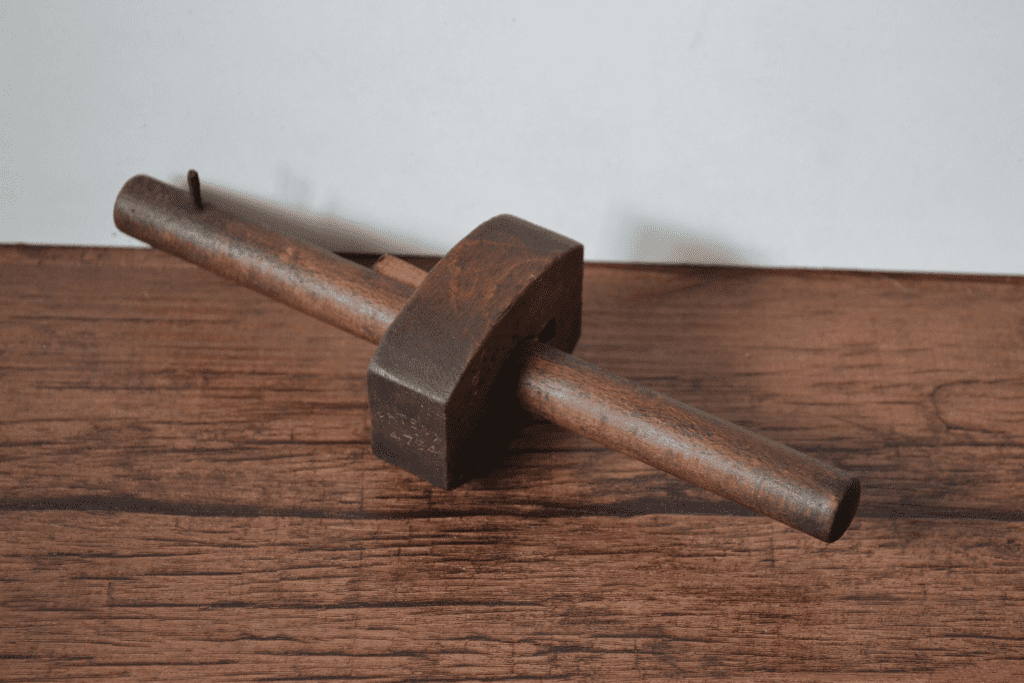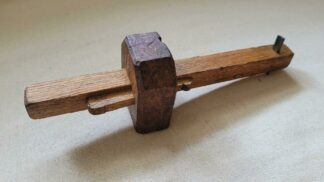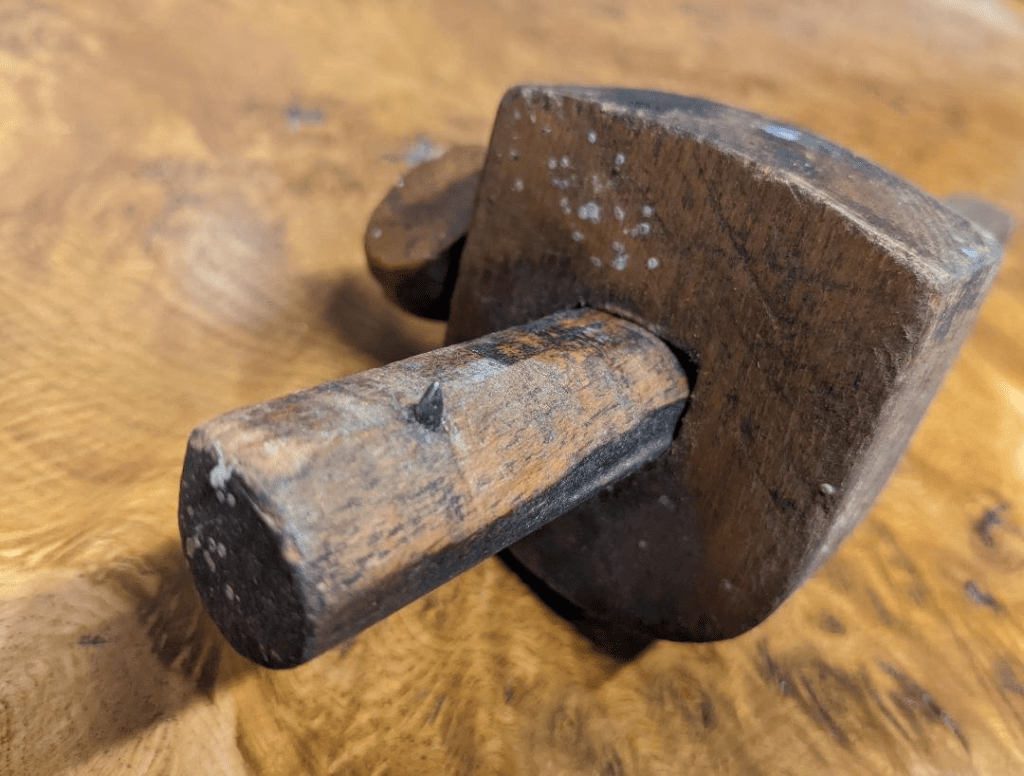Woodworking has a long and rich history, filled with tools that were once indispensable but have now faded from everyday use. One such tool is the wood marking gauge, a simple yet effective device that was a staple in workshops for generations. While many modern craftsmen rely on digital and laser-guided tools, the traditional marking gauge remains a symbol of precision and craftsmanship.
If you recognize this tool, chances are you belong to a special generation—one that values hands-on skills, precision, and the beauty of handcrafted work. Let’s take a journey back in time and explore the fascinating world of the wood marking gauge.

What is a Wood Marking Gauge?
A wood marking gauge is a small but mighty tool used by woodworkers to make precise marks on wood before cutting or shaping. It consists of a wooden or metal beam, a sliding fence, and a marking pin or knife. The purpose? To create accurate lines parallel to the edge of a workpiece, ensuring clean and precise joints.
Before the rise of power tools and digital measuring devices, the marking gauge was a trusted companion for carpenters, cabinetmakers, and joiners. It was essential for ensuring that pieces fit together perfectly, a critical factor in high-quality woodworking.
How Did It Work?
Using a wood marking gauge was simple yet effective:
- Set the Measurement – The user would adjust the sliding fence to the desired distance from the edge.
- Secure the Gauge – A thumbscrew or locking mechanism would hold the fence in place.
- Mark the Wood – By running the tool along the surface, the marking pin or knife would score a fine, straight line on the wood.
This marked line served as a guide, ensuring precise cuts and proper alignment in woodworking projects. Unlike a pencil mark, which could smudge or fade, the scored line remained crisp and clear, improving accuracy.

A Tool That Stood the Test of Time
The wood marking gauge was widely used in the 18th, 19th, and early 20th centuries, especially before the rise of modern measuring and marking tools. Many of these gauges were handcrafted, often made of hardwood like beech or rosewood, giving them a beautiful, polished finish.
Although newer marking tools exist today, traditionalists and hand tool enthusiasts still prefer the classic marking gauge for its reliability and precision. In fact, many master woodworkers argue that nothing beats the tactile control and satisfaction of using one.
Different Types of Marking Gauges
Over time, different variations of the wood marking gauge have been developed to suit various needs:
- Pin Marking Gauge – Features a sharp pin that scratches the wood to create a visible line.
- Knife Marking Gauge – Uses a small blade instead of a pin, producing cleaner, deeper cuts, especially in hardwoods.
- Mortise Gauge – Has two marking pins or knives, allowing users to mark two parallel lines simultaneously—perfect for creating mortise and tenon joints.
- Wheel Marking Gauge – Features a round cutting wheel that scores the wood more smoothly and cleanly than traditional pins.
Each type had its own specialty, but they all shared a common goal: achieving accuracy and consistency in woodworking.

Why Do Many People Today Have No Idea What It Is?
With the rapid advancement of technology, many old-school tools like the wood marking gauge have become obsolete in mainstream woodworking. Instead of relying on manual tools, most people today turn to laser levels, digital calipers, and CNC machines for marking and measuring.
Additionally, woodworking as a hands-on craft has declined in popularity among younger generations. As a result, tools like the marking gauge are often seen as relics of the past, collecting dust in antique shops or old toolboxes.
However, for those who appreciate traditional craftsmanship, the wood marking gauge remains a symbol of precision, patience, and skill.
Why Old Tools Like This Shouldn’t Be Forgotten
There’s something special about using a tool that has been handed down through generations. Unlike modern gadgets that break easily or become outdated within years, well-crafted hand tools can last a lifetime—or even centuries.
Some reasons why the wood marking gauge (and similar traditional tools) still matter today:
- Durability – Made from quality materials, many vintage marking gauges still function perfectly after decades of use.
- Simplicity – No batteries, no screens, no complicated settings—just pure craftsmanship.
- Connection to the Past – Using a marking gauge is like holding a piece of history, connecting us to the woodworking masters of the past.
- Sustainability – Unlike disposable modern tools, classic hand tools promote sustainable craftsmanship.

Bringing Back the Craftsmanship Spirit
If you’ve ever worked with your hands, you know the satisfaction that comes from creating something tangible and beautiful. While technology has made many things easier, it has also distanced us from the joy of working with raw materials.
Reviving interest in hand tools like the marking gauge can inspire more people to embrace woodworking—not just as a trade, but as an art form. Whether you’re a seasoned carpenter or a beginner, using a classic marking gauge can add a touch of authenticity and tradition to your projects.
Conclusion: A Forgotten Tool Worth Remembering
Time may fly, but memories—and tools—remain. The wood marking gauge may not be as common as it once was, but it still holds an important place in the world of woodworking. For those who recognize it, this tool is more than just a piece of equipment—it’s a symbol of precision, craftsmanship, and a connection to the past.
So, do you recognize this tool? If so, you’re part of a special generation that understands the value of handcrafted quality and timeless skills. And if you’ve never used one before, maybe it’s time to rediscover the magic of traditional woodworking!